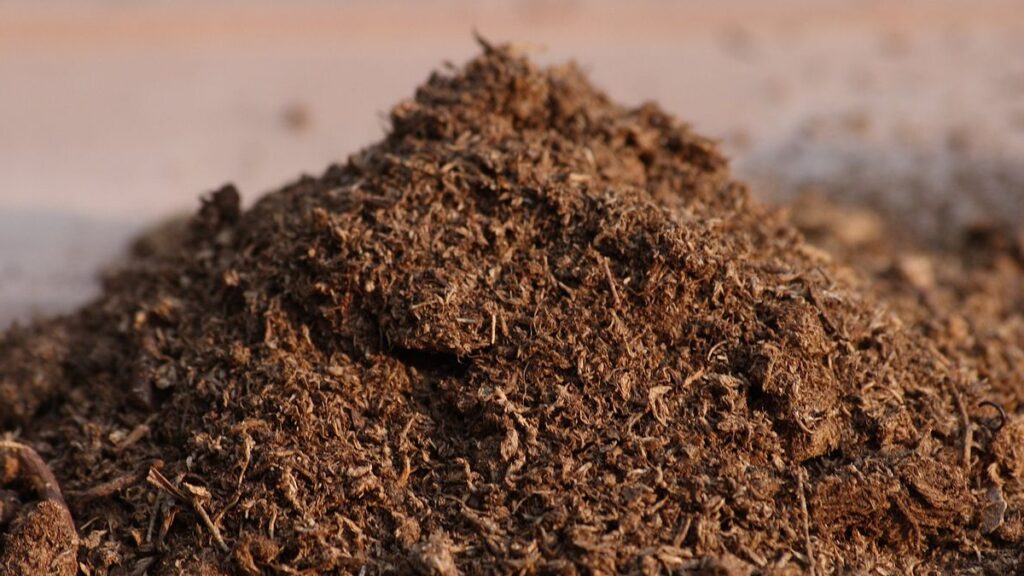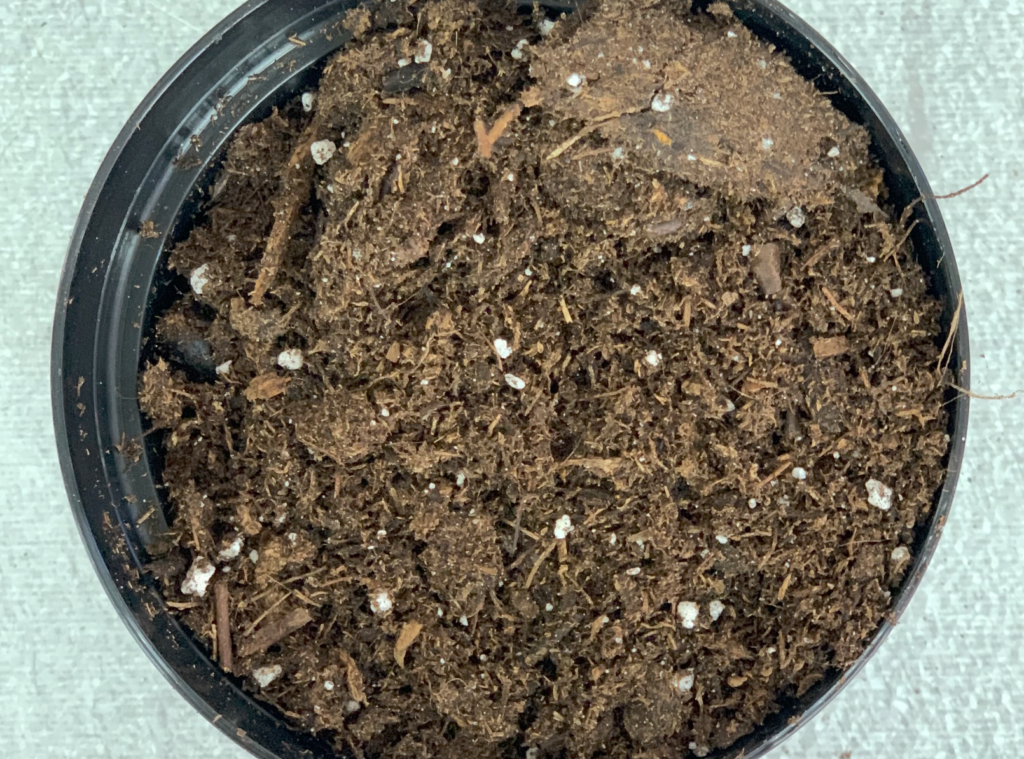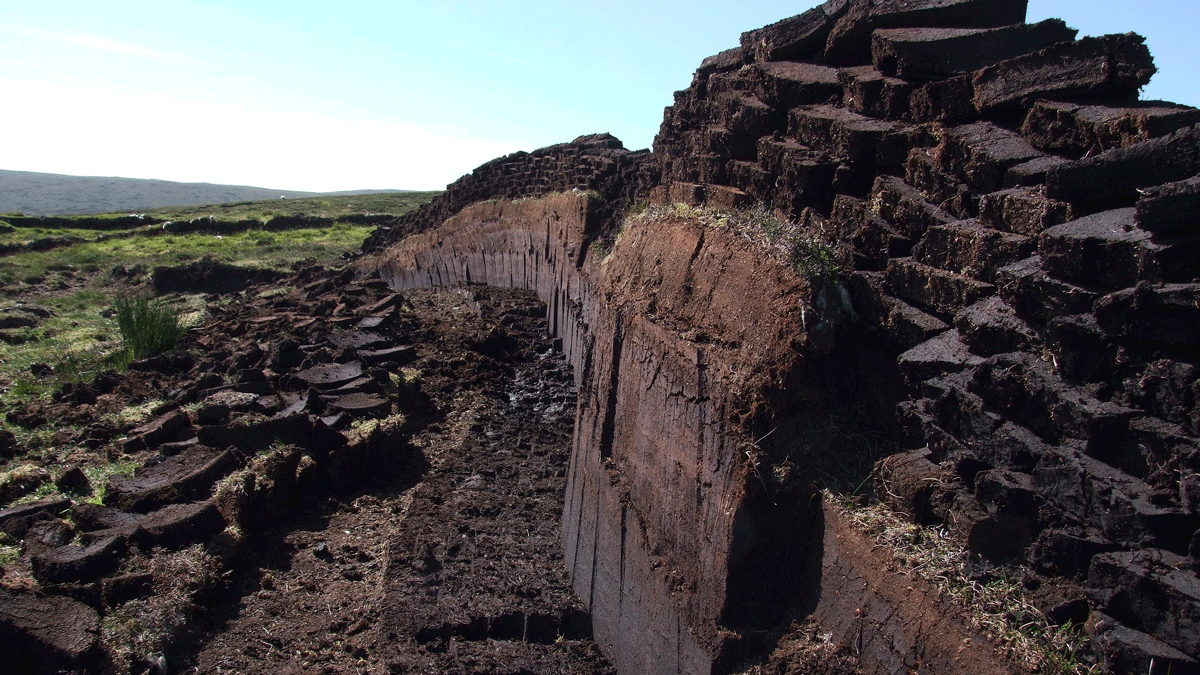Let’s Grow Stuff: The case for going peat-free
March 23, 2023 Leave a Comment
Potting soils and peat
Gardeners everywhere are at a moment of pent-up anticipation as winter breathes its final breath. Early spring bulbs are beginning to pop and bird calls have changed. Sandhill cranes are gliding through the stratosphere, their prehistoric calls echoing across the landscape as we begin to prepare to grow another season of good things.
This is also the moment many of us are gearing up to start our seeds, if we haven’t already. If you need a refresher on seed starting, check out our how-to video.
Today, however, we aren’t talking so much about our seeds as what we plant them in: our seed starting mix. Most of us might take our potting soils for granted. We purchase a new bag each year, and seasoned gardeners know the right mix matters (… FYI, soil from our outdoor garden is not a good choice for starting seeds indoors). Many traditional potting mixes are peat-based, and while it makes for a great seed-starting medium, peat harvesting is actually incredibly harmful to our environment. Because of this, gardeners are looking for better choices when selecting potting soil.
Destructive in nature
Peat is typically strip-mined from peat bogs. These bogs are an incredibly valuable ecosystem, providing important habitat for critical wildlife — like those migrating Sandhill cranes — and housing a massive repository of carbon.
Each year as marsh plants die back, they build up layer upon layer of decomposing leaves, which eventually become peat, storing massive amounts of carbon in the process. They also act like giant sponges, helping mitigate intense rain and flooding which continue to become an issue in the face of climate change and urban development, with impermeable surfaces like roofs, roads, parking lots and sidewalks preventing water from infiltrating the soil and overwhelming our storm sewer infrastructure. Basically, bogs and marshlands can and should be thought of as vital extensions of our built environment.

[Image via Wikimedia user Ragesoss]
It can take between 1,000-5,000 years for a peat bog to recover after being mined. When we use peat-based products, we’re contributing to irreparable damage that will take generations to heal. The horticulture industry is one of the biggest consumers of peat, including big nurseries and growers to us home gardeners.
Alternatives that help
The good news is that a number of new companies have sprung up in the last several years offering soil mixes that utilize sustainable peat alternatives: actual compost (what a concept!); pine bark, which can be used in place of ingredients like perlite, those little white pellets in most conventional mixes which are another non-renewable resource; and coco coir, which is a renewable resource and repurposed waste product in coconut production. Ask your local garden center to carry these products if they don’t already, or order them online!

[Image taken by Ben Futa]
Create your own soil mix
If you’re averse to ordering online or can’t find peat-free soil mixes locally, you can also buy the ingredients you need and create your own mix at home.
Here’s my favorite recipe for homemade potting soil for seed starting using sustainable ingredients:
- 1 part builders sand
- 1 part hydrated coco coir
Coco coir will arrive as dry, compact bricks which expand to an incredible volume when you add water, so depending on how much soil you need, you won’t need many bricks. Add water a few cups at a time and allow the brick to soak it up before you add more. I find warm water works best for this. Ideally, we’re aiming for a light and fluffy texture once hydrated and want to avoid making a soup. You may need to break up the brick with your hands as you add more water. - 1 part mature compost
While you can use home-made compost, be sure it’s fully mature, i.e. no big lumps or chunks. Especially for seed starting, it’s important to be sure your compost is free of weed seeds, too, which could germinate along with your veggies and become a real headache. If you regularly turn your compost and it’s allowed to heat up and “cook” you shouldn’t have to worry, but if you aren’t certain your compost is weed free, it’s fine (and encouraged) to purchase compost from your local garden center.
As gardeners, we have profound influence and ability to reshape and cultivate the world around us into a greener, more beautiful, more connected place. I believe great gardening involves an awareness of the world around us, and the choices we make in how we garden matter just as much as what we grow. If all of us moved away from peat-based potting mixes, we could do a lot of good in this world.
Featured image via Flickr user nz_willowherb
 Passport
Passport





